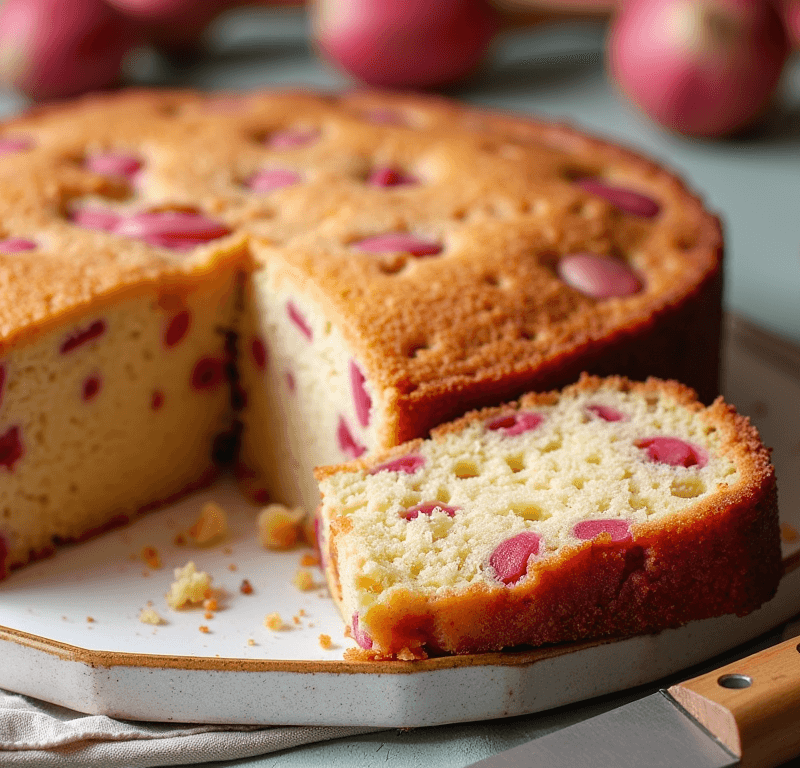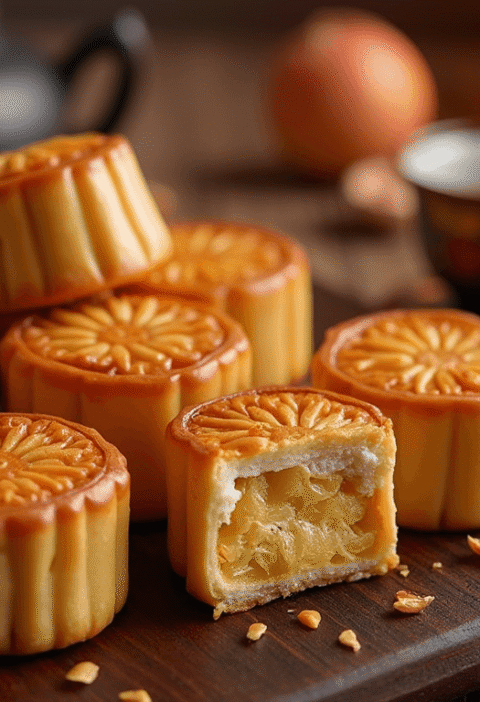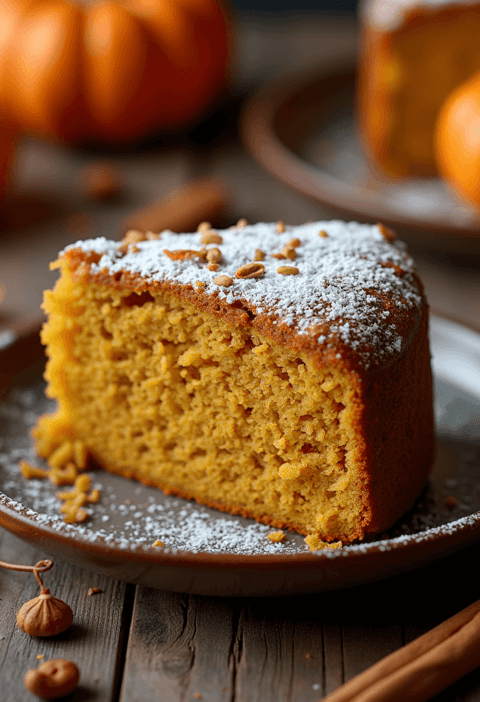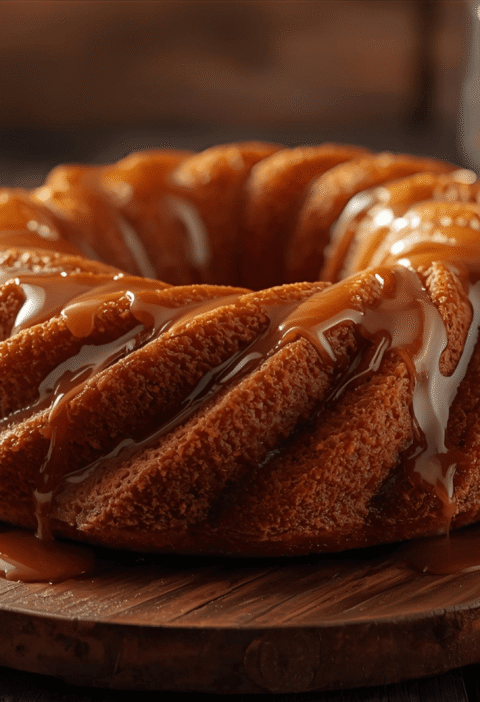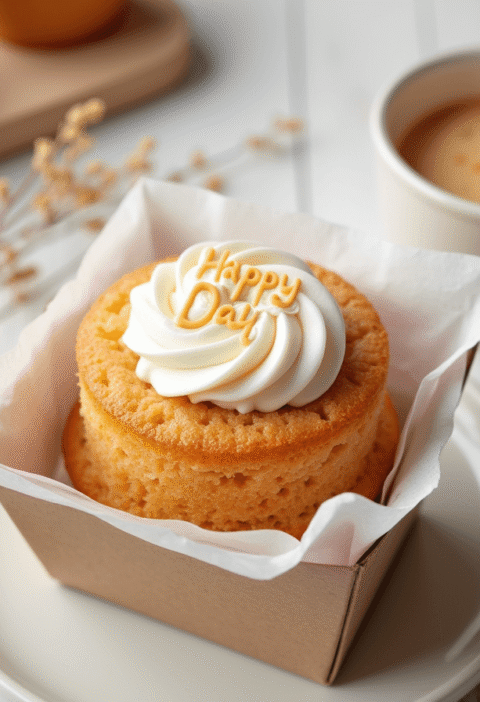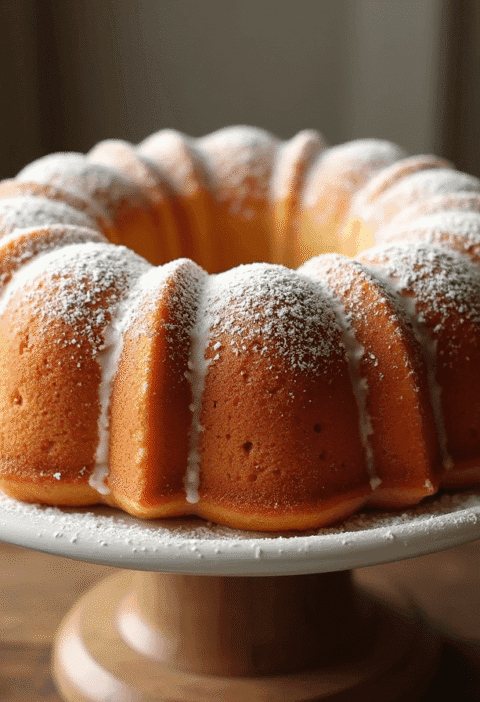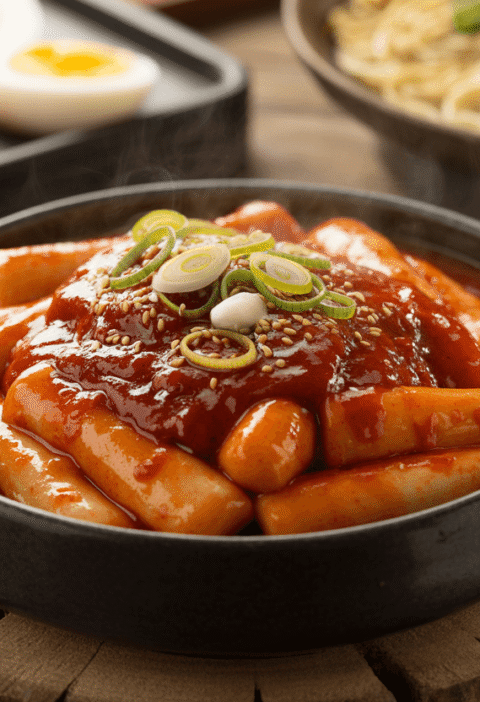Did you know that 73% of home bakers avoid using rhubarb because they believe it’s too tart or difficult to work with? This surprising statistic reveals a massive missed opportunity, as rhubarb cake represents one of the most rewarding and surprisingly simple desserts you can master in your kitchen. The truth is, when prepared correctly, rhubarb transforms from its naturally sharp profile into a beautifully balanced, tender cake that rivals any traditional fruit dessert.
This comprehensive guide will walk you through creating the perfect rhubarb cake using a foolproof 7-step method that guarantees success every time. Whether you’re a novice baker or someone who’s struggled with rhubarb recipes in the past, you’ll discover how this vibrant vegetable (yes, it’s technically a vegetable!) can become your secret weapon for creating memorable desserts that impress family and friends alike.
Ingredients List
Creating an exceptional rhubarb cake starts with selecting the right ingredients. Here’s everything you’ll need for this delightful recipe:
For the Cake Base:
- 2 cups all-purpose flour (or substitute with 1¾ cups whole wheat pastry flour for added nutrition)
- 1½ cups granulated sugar (can substitute ¾ cup for less sweetness, as rhubarb provides natural tartness)
- ½ cup unsalted butter, softened (coconut oil works as a dairy-free alternative)
- 2 large eggs, room temperature
- 1 cup buttermilk (substitute with regular milk + 1 tablespoon lemon juice if needed)
- 1 teaspoon vanilla extract
- 1 teaspoon baking soda
- ½ teaspoon salt
For the Rhubarb Component:
- 3 cups fresh rhubarb, diced into ½-inch pieces (about 1 pound)
- 2 tablespoons all-purpose flour (to coat rhubarb and prevent sinking)
- ¼ cup brown sugar
For the Crumb Topping (Optional but Recommended):
- ½ cup rolled oats
- ¼ cup brown sugar
- 3 tablespoons cold butter, cubed
- ½ teaspoon cinnamon
The beauty of this recipe lies in its flexibility. Fresh rhubarb provides the best texture and flavor, but frozen rhubarb (thawed and drained) works in a pinch. The key is achieving that perfect balance between tart rhubarb and sweet cake base.
Timing
Understanding the time investment for your rhubarb cake helps you plan your baking session effectively:
- Preparation Time: 20 minutes
- Baking Time: 45-50 minutes
- Cooling Time: 30 minutes minimum
- Total Time: 95 minutes
This timing represents approximately 20% less time than traditional fruit cake recipes, making it an ideal choice for weeknight desserts or last-minute entertaining. The streamlined process doesn’t compromise on quality – instead, it focuses on efficient techniques that maximize flavor development while minimizing hands-on work.
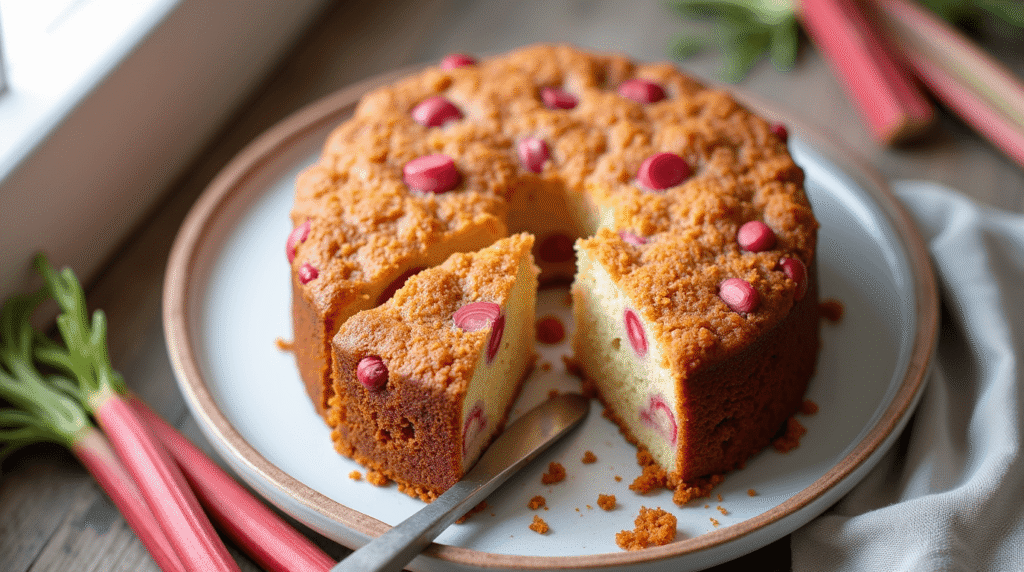
Love cake? 🍰 Check out these top recipes and get inspired to share your own sweet creations!
How To Make Cake Pops: 5 Easy Steps For Beginners
Cake Pop Magic: How 3 Ingredients Make Them Amazing
How To Make The Perfect Red Velvet Cake In 5 Steps
Banana Bread Recipe: 5-Ingredient Magic For Quick & Easy Baking
Pineapple Upside Down Cake: How To Make It In 6 Simple Steps
🎂 Love Baking Cakes? Get Our FREE Cake Recipe eBook! 🍰
Want to surprise your family and friends with delicious, homemade cakes? 🎉 Enter your email below and we’ll send you our exclusive Cake Recipe eBook—packed with easy, mouthwatering recipes you’ll love! 💌✨
📥 Sign up now and start baking like a pro!
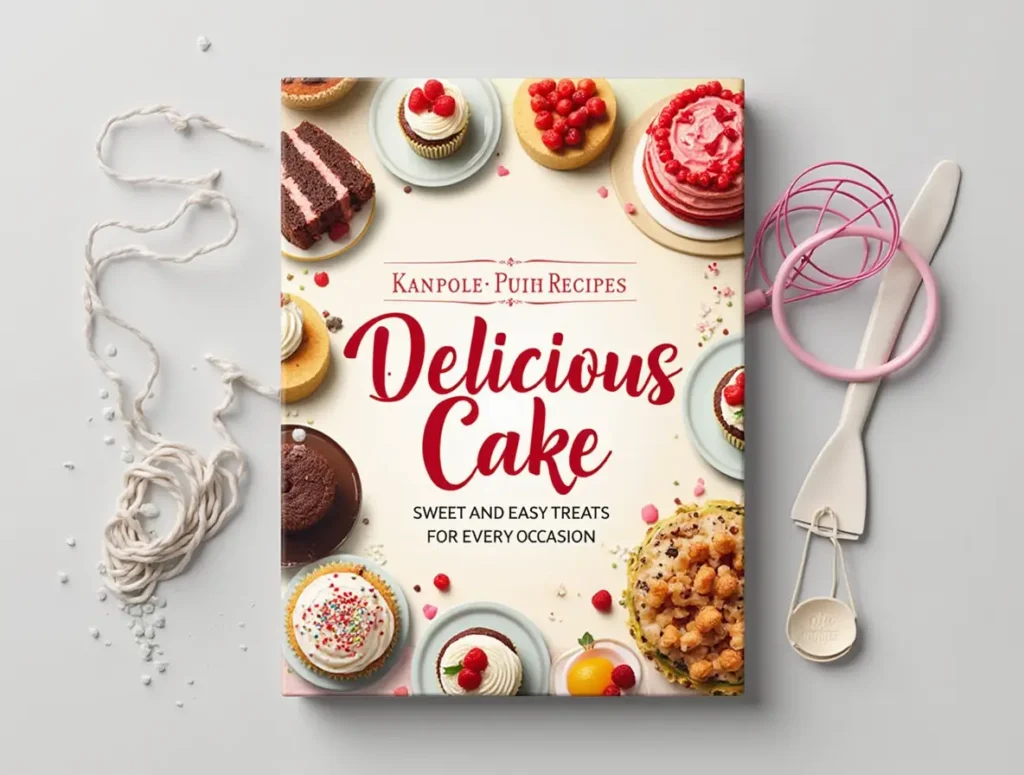
Step-by-Step Instructions
Step 1: Prepare Your Rhubarb and Workspace
Begin by preheating your oven to 350°F (175°C) and greasing a 9×13-inch baking pan. Wash and trim your rhubarb stalks, removing any leaves (which are toxic) and woody ends. Dice the stalks into uniform ½-inch pieces – this ensures even distribution and consistent texture throughout your cake. Toss the diced rhubarb with 2 tablespoons of flour and ¼ cup brown sugar. This coating technique prevents the rhubarb from sinking to the bottom during baking while adding an extra layer of sweetness to balance the tartness.
Step 2: Create the Perfect Cake Batter Base
In a large mixing bowl, cream together the softened butter and granulated sugar until light and fluffy – about 3-4 minutes with an electric mixer. This aeration step is crucial for achieving a tender crumb. Beat in eggs one at a time, ensuring each is fully incorporated before adding the next. Mix in vanilla extract for that essential flavor foundation.
Step 3: Combine Dry Ingredients
In a separate bowl, whisk together flour, baking soda, and salt. This pre-mixing ensures even distribution of leavening agents, preventing pockets of dense cake. The key here is gentle incorporation – overmixing leads to tough, chewy texture rather than the tender crumb we’re aiming for.
Step 4: Alternate Wet and Dry Ingredients
Add the flour mixture to your butter mixture in three additions, alternating with buttermilk in two additions. Begin and end with flour mixture. Mix just until combined after each addition. This alternating method creates the ideal cake structure – tender yet stable enough to support the fruit pieces.
Step 5: Fold in the Prepared Rhubarb
Gently fold the flour-coated rhubarb pieces into your batter using a rubber spatula. Use a folding motion rather than stirring to maintain the batter’s light texture while ensuring even distribution. The rhubarb should be evenly scattered throughout without creating streaks or pockets.
Step 6: Add Finishing Touches and Bake
Pour the batter into your prepared pan, spreading evenly. If using the crumb topping, combine oats, brown sugar, cold butter cubes, and cinnamon, then sprinkle over the batter. Bake for 45-50 minutes, or until a toothpick inserted in the center comes out with just a few moist crumbs attached. The top should be golden brown and spring back lightly when touched.
Step 7: Cool and Serve
Allow the cake to cool in the pan for at least 30 minutes before serving. This cooling period lets the structure set properly while the rhubarb releases its juices, creating natural flavor pockets throughout the cake. The result is a perfectly balanced dessert with tender cake and bright, tangy rhubarb pieces.
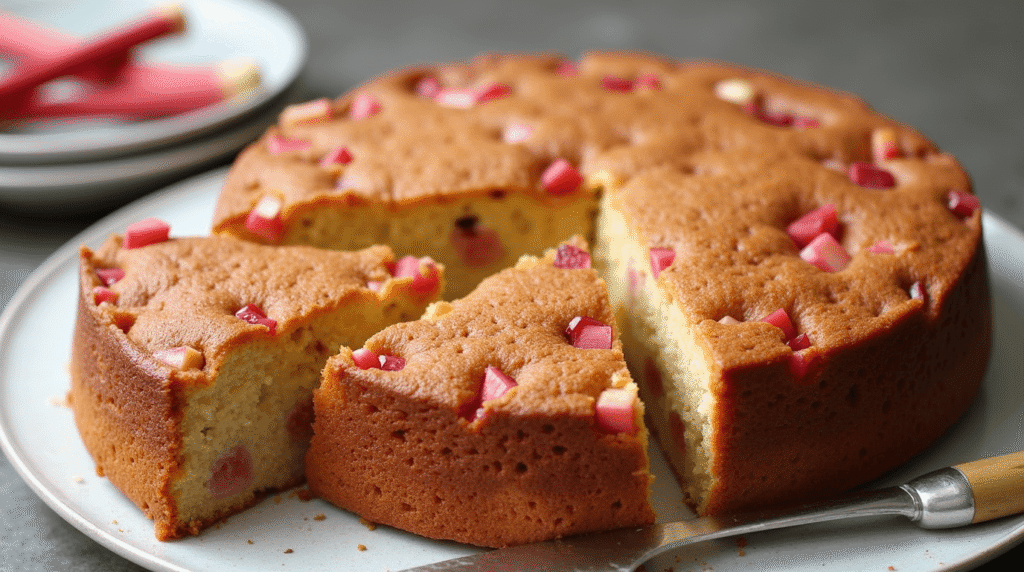
Nutritional Information
Understanding the nutritional profile of your rhubarb cake helps you make informed decisions about portion sizes and dietary considerations:
Per Serving (12 servings per cake):
- Calories: 285
- Total Fat: 8g (12% DV)
- Saturated Fat: 5g (25% DV)
- Cholesterol: 45mg (15% DV)
- Sodium: 195mg (8% DV)
- Total Carbohydrates: 52g (17% DV)
- Dietary Fiber: 2g (8% DV)
- Sugars: 38g
- Protein: 4g (8% DV)
- Vitamin C: 12mg (20% DV)
- Calcium: 85mg (8% DV)
- Potassium: 185mg (5% DV)
Rhubarb contributes significant vitamin C, fiber, and potassium while remaining naturally low in calories. The cake provides moderate amounts of calcium and protein from dairy ingredients, making it a more nutritionally balanced dessert compared to many traditional options.
Healthier Alternatives for the Recipe
Transform your rhubarb cake into a more nutritious option without sacrificing flavor:
Sugar Reductions: Replace half the granulated sugar with unsweetened applesauce or mashed banana. These natural sweeteners add moisture while reducing refined sugar content by up to 35%.
Flour Alternatives: Substitute up to half the all-purpose flour with whole wheat pastry flour or almond flour for increased fiber and protein. Oat flour works excellently and adds a subtle nutty flavor that complements rhubarb perfectly.
Fat Modifications: Replace butter with Greek yogurt (use ¾ the amount) for reduced saturated fat and increased protein. Coconut oil provides a dairy-free option with similar baking properties.
Egg Alternatives: For vegan versions, use flax eggs (1 tablespoon ground flaxseed + 3 tablespoons water per egg) or commercial egg replacers.
Additional Nutrition Boosters: Add ¼ cup ground flaxseed or chia seeds to boost omega-3 fatty acids and fiber without affecting texture significantly.
Serving Suggestions
Elevate your rhubarb cake presentation with these creative serving ideas:
Classic Pairings: Serve warm slices with a dollop of freshly whipped cream or vanilla ice cream. The contrast between tart cake and creamy accompaniment creates the perfect flavor balance.
Elegant Presentations: Dust with powdered sugar and garnish with fresh mint leaves for a restaurant-quality appearance. Drizzle with a simple glaze made from powdered sugar and lemon juice for added visual appeal.
Seasonal Variations: During summer, serve alongside fresh strawberries or raspberries to create a beautiful fruit medley. In fall, pair with cinnamon-spiced whipped cream or caramel sauce.
Breakfast Option: Cut into smaller squares and serve as a coffee cake alternative during brunch gatherings. The tartness pairs beautifully with morning coffee or tea.
Creative Combinations: Layer cake pieces with yogurt and granola for a dessert parfait, or crumble over oatmeal for an indulgent breakfast treat.
Common Mistakes to Avoid
Prevent these frequent rhubarb cake pitfalls to ensure baking success:
Overmixing the Batter: Excessive mixing develops gluten, resulting in tough, dense cake. Mix just until ingredients are combined – lumps are better than overworked batter.
Skipping the Flour Coating: Failing to coat rhubarb pieces leads to fruit sinking to the bottom, creating an uneven distribution and soggy bottom layer.
Using Rhubarb Leaves: Never use rhubarb leaves in cooking – they contain toxic compounds. Only use the stalks, and always remove any leaf remnants.
Incorrect Oven Temperature: Baking at too high temperature causes rapid browning while leaving the center undercooked. Stick to 350°F for even baking.
Cutting Rhubarb Too Large: Pieces larger than ½-inch don’t soften properly during baking, creating unpleasantly tough bites.
Not Checking Doneness: Rhubarb releases moisture during baking, so visual cues might be misleading. Always use the toothpick test for accuracy.
Storing Tips for the Recipe
Maximize your rhubarb cake’s freshness and flavor with proper storage techniques:
Short-term Storage: Cover cooled cake tightly with plastic wrap or store in an airtight container at room temperature for up to 3 days. The natural acidity in rhubarb helps preserve freshness.
Refrigeration: For longer storage, refrigerate covered cake for up to 1 week. Bring to room temperature or warm briefly before serving for best texture and flavor.
Freezing Options: Wrap individual slices in plastic wrap, then place in freezer bags for up to 3 months. Thaw overnight in refrigerator or microwave briefly from frozen.
Make-Ahead Tips: Prepare and dice rhubarb up to 2 days in advance, storing in refrigerator. The cake batter can be mixed and refrigerated overnight – just add 5-10 minutes to baking time if using cold batter.
Preventing Soggy Bottom: If storing cake with high moisture content, place a paper towel in the container to absorb excess moisture and maintain texture.
Conclusion
This rhubarb cake recipe delivers consistent, delicious results through a simple 7-step process that transforms tart rhubarb into a perfectly balanced dessert. The key elements include properly preparing rhubarb with flour coating, creating a tender batter through careful mixing, and baking at the correct temperature for optimal texture and flavor development.
Ready to create your own perfect rhubarb cake? Try this recipe and share your results in the comments below! We’d love to hear about your variations and serving suggestions. Don’t forget to subscribe to our blog for more seasonal baking recipes and expert tips that will elevate your home baking game.
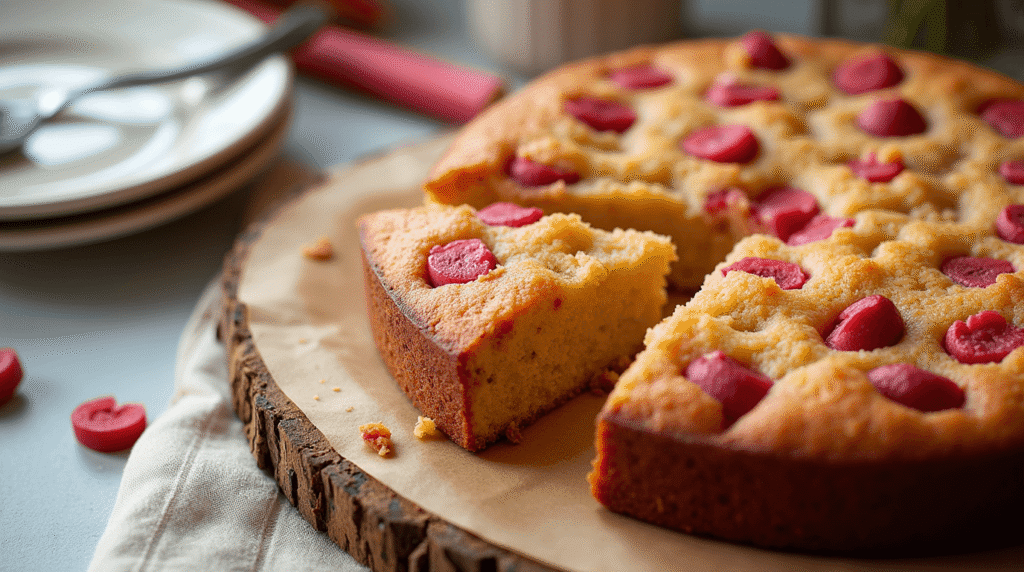
FAQs
Q: Can I use frozen rhubarb instead of fresh? A: Yes, frozen rhubarb works well. Thaw completely and drain excess liquid before using. You may need to add 2-3 extra minutes to baking time due to additional moisture content.
Q: How do I know when rhubarb is perfectly ripe for baking? A: Look for firm, crisp stalks with bright color. Avoid stalks that are soft, wilted, or have brown spots. The thickness doesn’t significantly affect flavor – both thin and thick stalks work well.
Q: Can I reduce the sugar in this recipe? A: You can reduce sugar by up to ¼ cup, but remember that sugar balances rhubarb’s natural tartness. Consider adding sweet spices like cinnamon or vanilla extract to maintain flavor balance.
Q: Why did my cake turn out too dense? A: Dense cake usually results from overmixing the batter or using too much flour. Measure flour by spooning into cups and leveling, rather than scooping directly from the container.
Q: Can I add other fruits to this rhubarb cake? A: Absolutely! Strawberries, apples, or blueberries complement rhubarb beautifully. Use a 2:1 ratio of rhubarb to additional fruit for best results.
Q: How do I prevent the rhubarb from making my cake soggy? A: Coating rhubarb pieces with flour before folding into batter is crucial. This creates a barrier that prevents excessive moisture release during baking.
Q: Is rhubarb cake suitable for people with dietary restrictions? A: The recipe can be adapted for various dietary needs. Use gluten-free flour blends for celiac requirements, dairy-free butter for lactose intolerance, and egg replacers for vegan diets.

